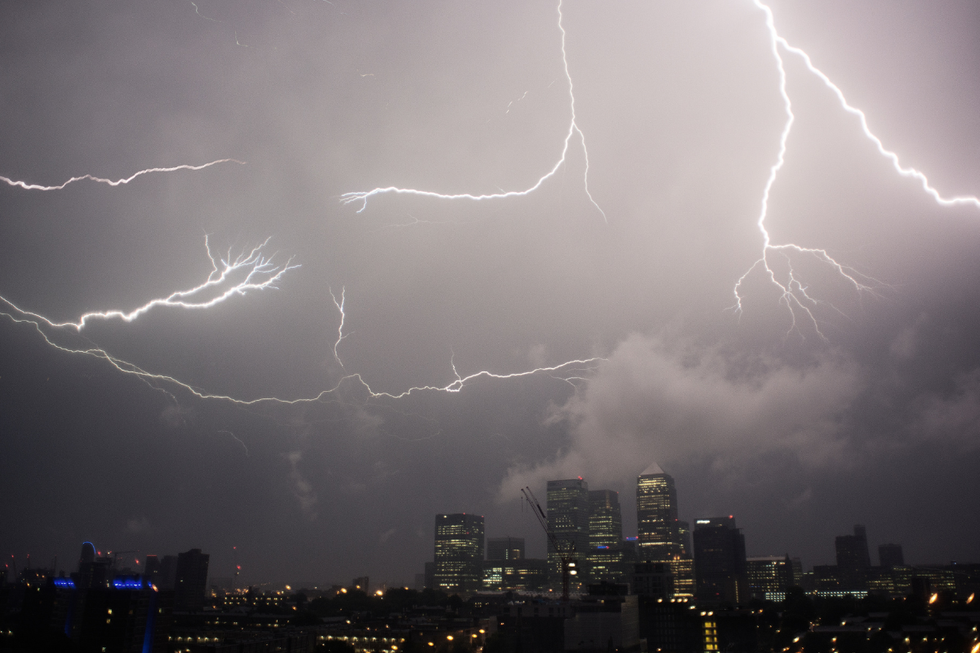Millions of Britons issued health alert over 'thunder fever' as nation pummelled by storms
Thunderstorms are forecast across swathes of the nation this weekend - and it could prove detrimental to the health of hay fever sufferers
Don't Miss
Most Read
More than seven million Britons have been urged to strap themselves in for a tumultuous weekend ahead as thunderstorms combined with soaring pollen levels threaten to trigger severe asthma attacks across the country.
The phenomenon, known as "thunder fever" or "pollen bomb", poses a serious risk to the estimated 13 million hay fever sufferers in the UK.
The Met Office issued an amber thunderstorm warning across the south east of England as well as East Anglia from Friday evening into Saturday morning.
The storms are expected to cause pollen counts to surge, creating conditions that could lead to life-threatening breathing difficulties for those with asthma and severe allergies.

Pollen counts are expected to surge, creating conditions that could lead to life-threatening breathing difficulties
|GETTY
Forecasters predict pollen levels will reach "high" across all of England and extend as far north as central Scotland. The situation becomes more severe in Yorkshire & Humber, the East and West Midlands, London, and east and south east England, where counts are expected to spike to "very high".
The elevated pollen levels are forecast to persist throughout the weekend in central and southern England. Further spikes are anticipated in southern England on Monday and Tuesday, extending the risk period beyond the initial thunderstorm warning.
The combination of electrical storms and extreme pollen counts creates ideal conditions for the thunder fever phenomenon to occur.
Scientists have discovered that thunderstorms cause pollen grains to absorb moisture and split into smaller fragments. While larger pollen grains are typically filtered by nasal hairs, these tiny fragments can penetrate deep into the lungs, triggering severe asthma attacks.
LATEST DEVELOPMENTS
In the past, a thunder fever outbreak in London in June 1994 saw 640 patients flood A&E departments with breathing problems, with more than 100 requiring admission and five needing intensive care.
Melbourne experienced an even more devastating incident in 2016, with thousands seeking emergency treatment and ten people losing their lives to the phenomenon.
Head of Health Advice at Asthma + Lung UK Emma Rubach said: "Thunderstorms can be risky for people with asthma if pollen and air pollution are triggers for their condition."

Staying indoors during thunderstorms is recommended to avoid the effects of the 'pollen bomb'
|GETTY
She explained that high winds draw elevated levels of pollen and pollution into the atmosphere. When pollen meets rainwater, it breaks into smaller particles that penetrate deeper into airways, causing "wheezing, coughing and chest tightness, leading to a potentially life-threatening asthma attack".
Taking preventer inhalers as prescribed, using antihistamines and steroid nasal sprays if needed, and keeping reliever inhalers nearby were her main recommendations.
Additionally, she recommended staying indoors during thunderstorms and storing medications in cool, dry places, as heat and damp can reduce their effectiveness.











